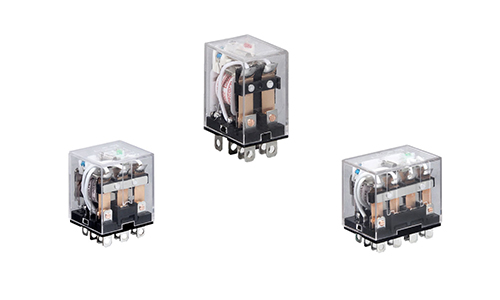Difference Between Relays and Transistors
A Relay is an electrically operated switch. Many types of relays are usually used in automatic control circuit, as a kind of automatic switch which uses small current to control the large current load. Therefore, it plays the role of automatic regulation, safety protection, and conversion circuit etc.
A transistor is a kind of solid semiconductor device, which has many functions such as detection, rectification, amplification, switch, voltage stabilization, signal modulation and so on. As a variable current switch, transistor can control output current based on input voltage.
Relays and transistors have a similar basic function, that is, both play roles of electronic switches. However, relays and transistors are very different from each other. Now let’s take a quick peek at the differences between relays and transistors.
Different load types, voltage and current parameters
The transistor can only be connected to DC load, while the relay can be connected to AC and DC load. Relays consume a large amount of current in the switching-on state, and most transistors do not. However, the relay has much better current rating than the transistors. Load capacity
Load capacity
Transistors have smaller load capacity than relays. When adopting transistors, sometimes other components like relevant solid state relays are added to drive large loads.
Overload capability
The transistor’s overload capability is less than relay’s. Generally speaking, when there is a large inrush current (such as light bulbs, inductive loads, etc.), the transistor has a smaller overload capacity and need derating more.
Switching speed
The transistor is much faster at the switch speed than the relay. Transistors can operate at Megahertz speeds while relays are much slower at 200 hertz speeds. Relays are generally 50ms to switch, and probably more. Some types of transistors can switch in picoseconds. Applications
Applications
Transistor is generally used at high-frequency speed, such as temperature PID control, stepper motor control, servo control and solenoid valve control. The transistor is mainly used for positioning control and emit pulses with the output of the crystal.
Relays cannot emit pulses, so they cannot be used for positioning control. If the relay is used for positioning control of the stepper or servo motor, the positioning module will be added. In fact, it is not economical. However, servo system can be controlled just by using a transistor output.
Other differences
Relays are isolated from the control coil. Transistors can be, but are often not isolated from the base, gate or trigger.
Under rated working conditions, relays have operating life, while transistors are only aging without limit on the number of times of use.

